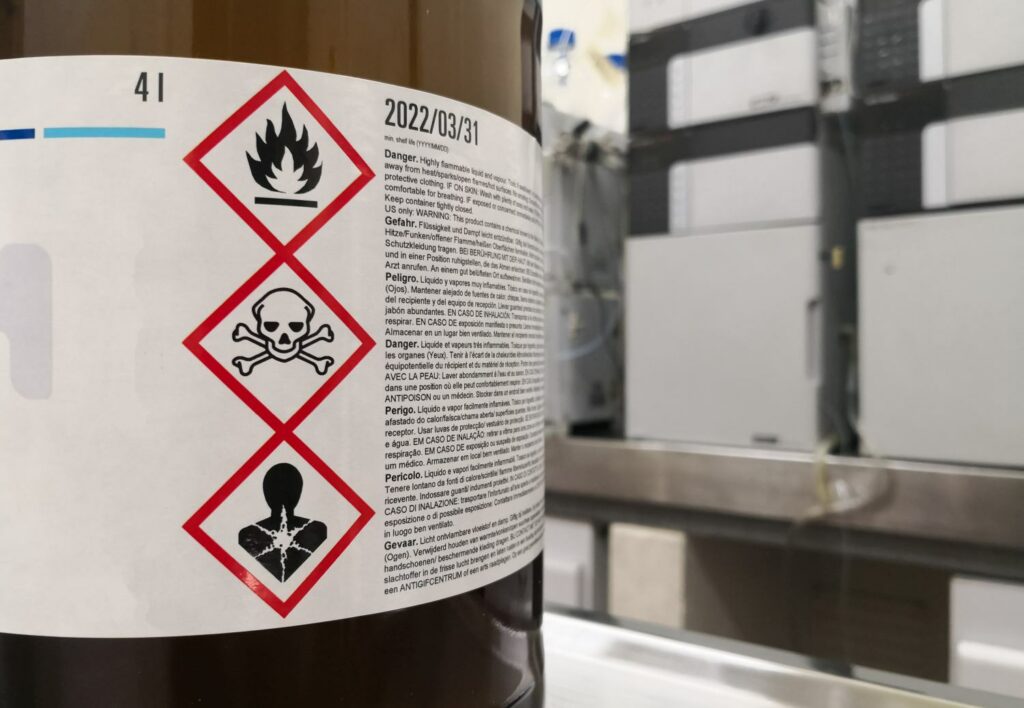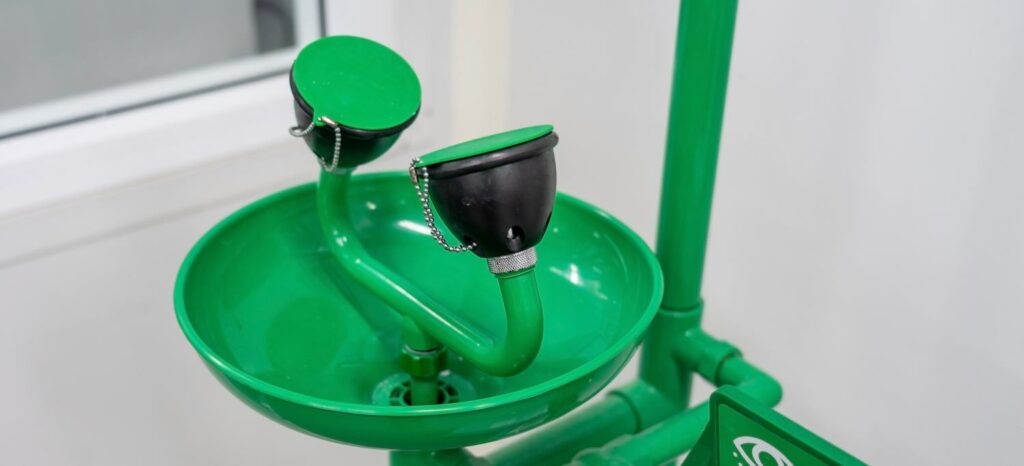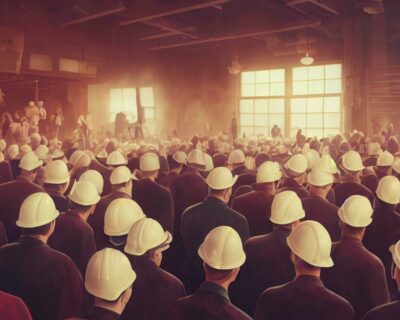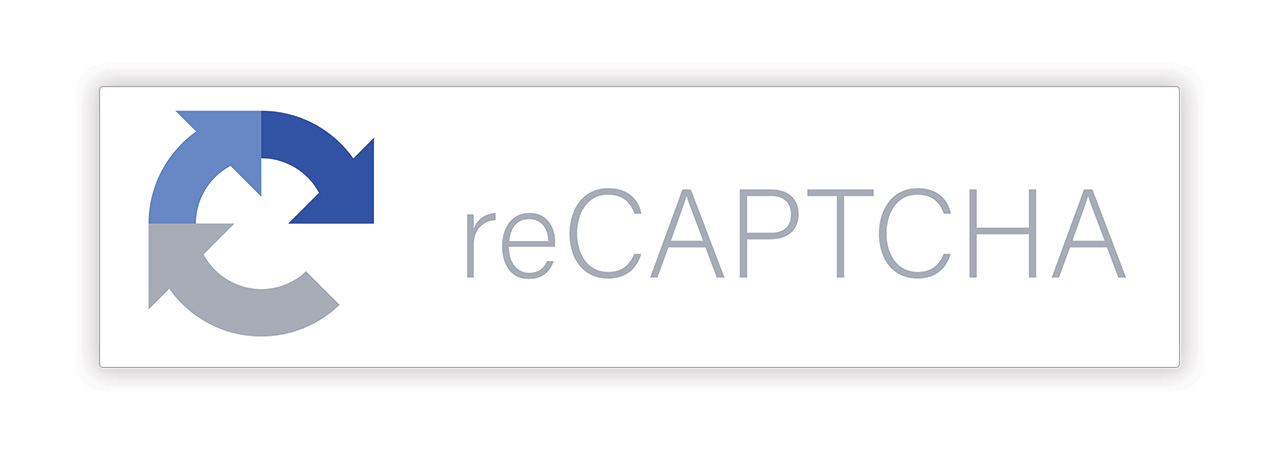
Working With Chemical Hazards | 8 Expert Tips
Concentrated chemicals can be highly reactive; we often refer to these volatile chemicals as chemical hazards.
If you handle chemical hazards incorrectly, they can cause skin burns, respiratory difficulties, or even an explosion.
Yet today we see many companies using chemicals to produce products with little to no incidents. With that in mind, we’d like to go over some of the best ways to mitigate surprises.
Yet, when it comes to chemicals, there is no one solution. So these expert tips will cover how to prepare your shop and staff for using the chemicals. But they will all need unique handling training on top of these suggestions. After all, every chemical has its own rules.
Included in this article:
- Chemical Hazard Classifications
- Chemical Hazard Tip #1: Training and Awareness
- Chemical Hazard Tip #2: Inspections and Maintenance
- Chemical Hazard Tip #3: GHS Labels
- Chemical Hazard Tip #4: Detectors
- Chemical Hazard Tip #5: Ensuring Ventilation
- Chemical Hazard Tip #6: Provide Personal Protective Equipment (PPE)
- Chemical Hazard Tip #7: Spill Response Plan
- Chemical Hazard Tip #8: Environment Considerations
Chemical Hazard Classifications
As we said before, chemicals are circumstantial. They react in a unique ways, which is why OSHA and other safety regulators list classifications.
Anyone working with chemical hazards should understand and respect these classifications.
- Asphyxiants: These prevent or significantly hinder the body’s ability to absorb oxygen through the lungs. This could be lethal and highlights why ventilation is absolutely crucial when working with asphyxiants.
- Sensitizers/Allergens: People who initially did not respond to these substances may later develop an allergy to them after prolonged contact.
- Flammables: If you’re working with highly flammable chemicals, you need to purge the surrounding area of sparking devices or flames. Things like electronics, open flames and even tools capable of sparking can set of the chemical reaction we call fire. An ABC extinguisher could be a lifesaving tool in an emergency and should always be kept close by.
- Irritants: These chemicals are acutely harmful. They frequently cause ailments such as coughing, rashes, inflammation, redness, or even hemorrhage.
- Carcinogens: Since consequences may not manifest for years after exposure, this kind of chemical hazard is particularly devious. The severity of the effects will be determined by a number of parameters, including the kind and concentration of the carcinogen, the period of exposure, and so on.
- Corrosives: Corrosives are concentrated acids or bases. They can melt things and burn skin. They are extremely dangerous and require extensive training, PPE and caution to use.

Chemical Hazard Tip #1: Training and Awareness
Training your staff on chemical awareness empowers them to make pertinent decisions in the crucial moments of a chemical hazard incident or emergency. A trained team member can respond to many unique chemical incidents. Chemical hazard training is often the difference between a cleanup and a disaster.
Whereas untrained staff, on the other hand, could do things like pour water on a chemical fire, or fail to notice signs of asphyxiation. Obviously, this could be disastrous.
There are also nuanced lessons to be learned in training as well. For instance, many assume a respirator will block 100 percent of a hazardous chemical’s carcinogens. However, any apt training program will inform the employee that the body is still exposed to the carcinogens, albeit less than without the respirator. The main lesson here is you should mitigate your exposure as best as they can despite the use of a respirator.
When I worked in the steel industry, I witnessed a team member standing in plumes of coke oven gas. This gas is a cocktail of harmful molecules. The team member may have assumed that his respirator filtered 100 percent of the gases. Or they just didn’t care. Whatever the case, your employees have a right to know, and most will make better decisions as a result of training.
Chemical Hazard Tip #2: Inspections and Maintenance
Inspecting and maintaining equipment is another key to chemical safety. Not only do proper containment vessels need to be inspected for corrosion, but information should always be legible on the Global Harmonized System label mandatory on all hazardous chemical vessels.
Maintenance also includes making sure filters and air circulation are adequate, no catalyst products are stored nearby, and checking expiry dates.
Essentially, chemical Hazard Inspections should be looking for:
- Corrosion
- Leaks
- GHS Labels
- Ambient Temperature
- Ventalation
- Tampering
- Odours
- Stability of racking or skids of chemicals
Chemical Hazard Tip #3: GHS Labels
Labelling and chemical information has changed quite a bit over the last decades. Now a Globally Harmonized System has been developed, so much of the world sees the same things on their chemical labels, making international trade safer.
OSHA stresses the importance of GHS labels on every chemical hazard. If they are not present, it is the responsibility of the employer to rectify the issue before team members have to use the chemical.
GHS labels can be acquired from the manufacturer of the hazardous chemical or online. Once again, they are a crucial component to awareness and chemical safety. Keeping your people informed will keep them responsible.

Chemical Hazard Tip #4: Detectors
It’s crucial to monitor chemical risks with detectors since many of them are essentially undetected even at harmful levels.
Regardless of what you’re working with, you should have smoke detectors and CO2 monitors installed. However, make sure your chemical doesn’t require specialized detectors.
Chemical Hazard Tip #5: Ensuring Ventilation
Proper ventilation is also circumstantial when it comes to chemicals. Once again, each chemical will have its unique set of requirements. For instance, varnish is considered a hazardous chemical, but keeping your distance from the fumes and opening a window can mitigate much of the risk of inhaling fumes. However, when it comes to Imodium nitrate or something equally volatile, your ventilation and temperature settings can save your life and many of those around you.
Chemical Hazard Tip #6: Provide Personal Protective Equipment (PPE)
Seems obvious, but PPE has to make the list to spare confusion; a rubber apron can save a life.
Face masks, gas masks, gloves, safety goggles, and aprons are a few examples of chemical PPE.
Providing the required PPE is mandatory for the handling of hazardous chemicals.
Each chemical has different requirements for PPE. So always check how others handle your particular concentrate. Keep in mind that your circumstances may require more than what you see others doing. If the chemical splashes or can react and spray, then goggles are always a safe bet. Many chemicals can affect the membrane of the eye, causing irreparable damage. Eye wash stations are a common site in manufacturing plants for this very reason. The eye must be flushed immediately if splashed by a chemical.
Furthermore, many chemicals can release a gas when mixed, so you must know not only what is required when handling the chemical you have, but also what PPE is required when mixing that chemical with other agents.

Chemical Hazard Tip #7: Spill Response Plan
Even with the best precautions, spills will ultimately occur; when they do, there should already be an incident response strategy in place. An incident response plan for chemical hazard spills can consist of containment techniques, first aid supplies, showers, fire extinguishers, evacuation strategies, and a detailed coordination plan involving personnel and supervisors.
Each chemical will require different solutions. When developing a plan, carefully research each chemical on a reputable site. For instance, the CDC has emergency response cards for first responders that are full of vital information.
See this example of a Chlorine Emergency Response Card. Notice how it gives many circumstances in which the chemical will change and become more dangerous.
Chemical Hazard Tip #8: Environment Considerations
Nature is all about balance, and that’s why we seldom see chemicals in nature in the concentrated form we use for production.
So naturally, you should be looking for products that can do the job but have less of an impact. Because chemical waste is expensive, and obviously you can’t just pour it down a sink.
Every chemical hazard has its own disposal rules. Before you use a chemical, check how it’s disposed of and decide accordingly. There could be better, less concentrated alternatives. However, be careful. Some of these “organic products” are just as hard on the environment as say, chlorine.
For instance, lemon cleaners are misleading. Citric acid in nature versus the concentration in cleaners are two completely different things.


























